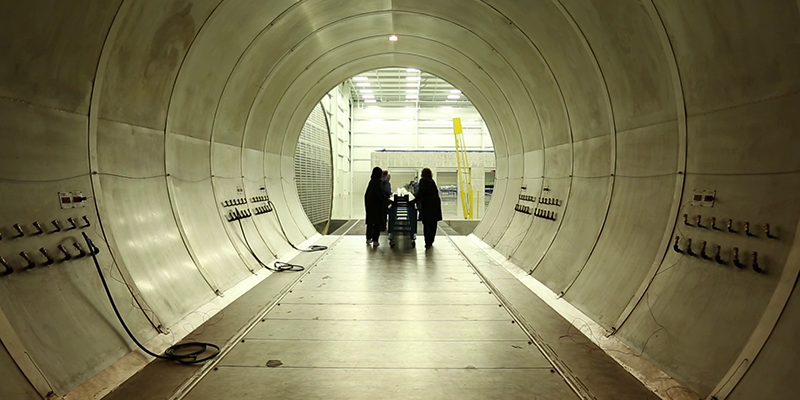The 3D printing technology significantly drives down costs and lead times for low-volume composite part manufacturing in the aerospace industry.
Aurora Flight Sciences, a Boeing company, and Mississippi State University’s Advanced Composites Institute have a long-standing relationship built through years of sharing insights, engaging students, and repurposing materials. Located in Columbus and nearby Starkville, Mississippi, the two organizations often coordinate on research projects. A recent endeavor advanced the development of 3D-printed tooling that can be used to manufacture composite parts in an autoclave.
The type of tooling used to form parts is also referred to as a mold or a cure fixture. Composite materials, such as carbon fiber, fiberglass, and honeycomb core; are laid in the mold and then cured in an autoclave under elevated temperature and pressure to create an aircraft component.
Manufacturing the mold itself is normally an expensive, time-consuming step that must be completed before any manufacturing of aircraft components can even begin. These types of molds are typically machined out of steel or aluminum. If the mold could instead be made by 3D printing, a significant amount of time and cost could be saved. The challenge is that the mold must withstand the elevated temperature and pressure conditions required to make most composite aircraft components.
To build a mold that can meet requirements, Aurora developed a unique process to cure the mold itself, prior to using it to produce parts. The Aurora team found that 3D-printed tooling cured using a typical process in an oven did not perform well during part production. Once Aurora determined the new cure process for the mold, they turned to MSU’s Advanced Composites Institute to 3D-print prototypes for testing. With Aurora defining the material and curing process, and MSU ACI making the test articles, the project resulted in a validated solution.
3D-printed molds are promising for manufacturing low-volume parts. The next step on the project is to test increasingly larger molds and to determine the usable lifespan of the 3D-printed materials subjected to production conditions. Then, the Aurora team will begin implementation on experimental or prototype aircraft programs.
3D-printed tooling is just one of the advanced manufacturing techniques under development at Aurora Flight Sciences. Already, the company uses cutting-edge robotics and automation to meet the exacting specifications of the aerospace industry. Additional robotics and non-traditional materials are being added at Aurora’s manufacturing facilities this year, leading to even greater precision and accuracy in aerosystems manufacturing.


